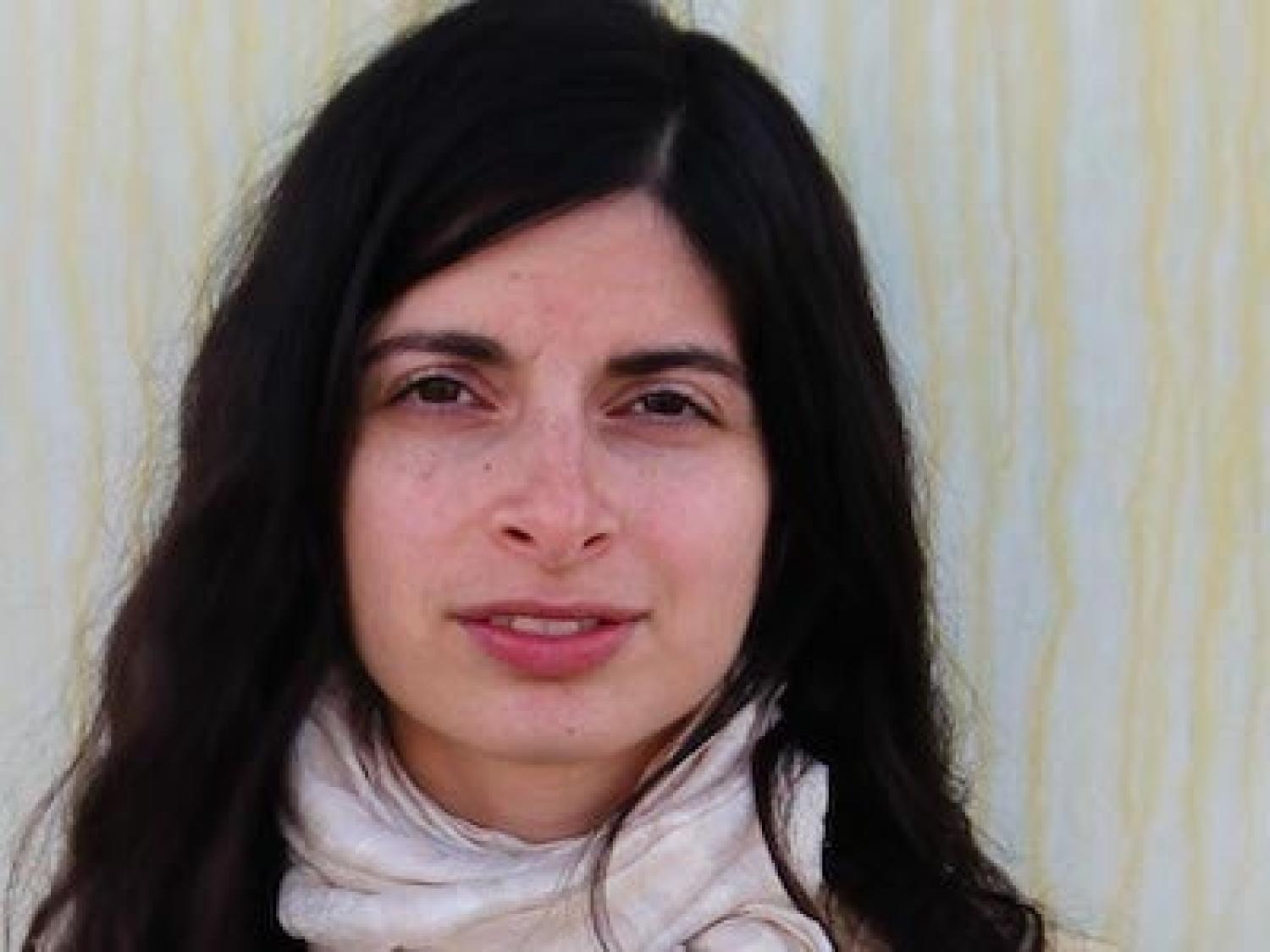Jasmine Baetz
- Engaged Arts and Humanities Scholar 2018-19
- ART AND ART HISTORY
- CERAMICS

Jasmine Baetz is a Canadian-American artist, educator, and MFA student in the department of Art and Art History at CU Boulder. She has a BFA in 3D Fine Arts from Massachusetts College of Art and Design, and a BA in Religious Studies from the University of Toronto. Her studio practice involves an ongoing material and theoretical critique of "American ceramics." Baetz is interested in working with communities to interrogate their lived space, representative objects, and assumptions. She's also interested in considering new frameworks, tools and materials (both physical and conceptual) with which communities can build and think in different ways.
Students in the Engaged Arts and Humanities Graduate Student Scholars program participate in the development of a community-engaged scholarship "partner" project. Below, please read about Baetz's project and her approach to this work.
My community-engaged scholarship project is a collaboration between campus and community partners to plan and install a sculpture that acknowledges the history of minority students in their struggle for access to equitable education at CU Boulder. The sculpture will be built in Spring 2019 and installed July 2019. Associated events and programming will happen on campus and at relevant sites across Colorado.
A cast concrete sculpture will be installed in front of Temporary Building 1, the CU Boulder building that was occupied in May 1974 by Chicanx student activists protesting the school’s racialized maltreatment of students. The sculpture commemorates "Los Seis de Boulder", who were killed in two unexplained and largely forgotten car bombs in various locations around Boulder, over the course of Temporary Building 1’s occupation. The sculpture is a six-foot-tall, truncated rectangular pyramid with relief sculptures carved into six alcoves, symbolizing each of the six students. The community-building activities of this project will occur in the making, promoting and installing the sculpture. The unveiling will be a celebratory, participatory and inclusive event.
This sculpture and associated events represent a commitment to the student activists who sacrificed their lives in the fight to make our campus more equitable. From the collective planning to the collaborative design of the sculpture, it is meant to solidify respect for and understanding of CU Boulder’s varied history.
In art school we often conceive of ourselves as problem solvers: managing moving parts, and considering material outcomes of our choices and actions. This all feeds into this sculpture project that engages with many community members, university administration and students. The project is a process of balancing and navigating varied interests in service of creating a physical art piece on campus. Using my training as maker and builder I anticipate problems, bring people together and attend to the larger picture.
I’m interested in “socially engaged art.” I’m not convinced that this kind of art always lives up to its promise. There are lots of good intentions that don’t necessarily contribute to tangible change, and sometimes even do damage. For this project, I am using art making and the tradition of the monument to engage with social issues specific to this campus. As an educator, I’m committed to modeling and teaching art that is contextualized and engaged in the world around it.
I want to be on faculty in a studio arts program, and I want to shape curriculum and set goals about the role, responsibilities, and possibilities of art practice. In part, this sculpture project is a professional activity, but outside of demonstrating my commitment to and the relevance of this sort of work, I’m not motivated by professionalization. Coming from my own experience and positionality within institutional spaces, my primary motivation comes from an interest in equity and institutional responsibility. Therefore, I am interested in a revealing of this campus’ history that has never been physically represented and memorialized in the campus’ outdoor/public space.


